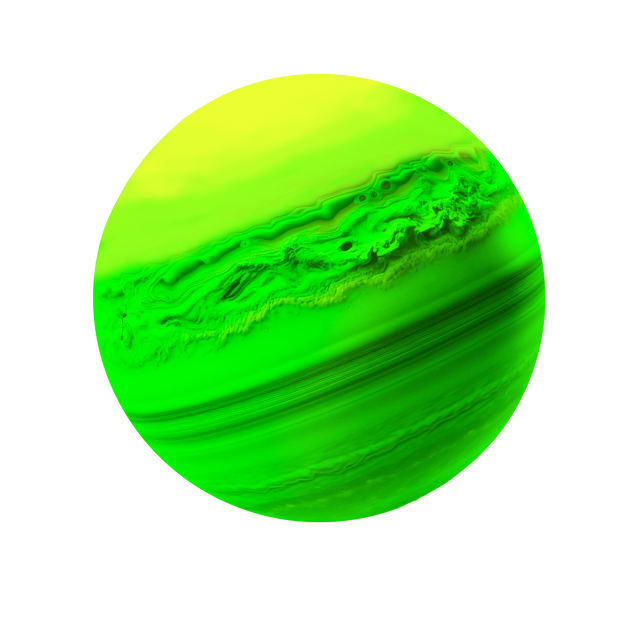HOME | DD
 AeitschTi — Juno: The clearest image of volcanic moon Io
AeitschTi — Juno: The clearest image of volcanic moon Io

Published: 2023-12-31 13:48:56 +0000 UTC; Views: 410; Favourites: 4; Downloads: 1
Redirect to original
Description
NASA's Juno spacecraft has performed its 57th flyby of Jupiter (PJ57). The PJ57 (the PJ or perijovium describes the closest approach to Jupiter in Juno's orbit) took place on December 30, 2023, and included a flyby of Jupiter's moon Io.The raw data for this view was obtained from a distance of 2839.6 km (above the surface of Io).
The night side of the moon is only faintly illuminated by the "Jupitershine" - sunlight that is reflected by Jupiter's cloud covers.
The view was sharpened, enhanced in contrast and brightened to make features and structures on the night side (to the left of the "terminator", the boundary between the day and night sides) more visible.
Io is the innermost of the 4 "Galilean moons". The moon has a diameter of 3643 km and is the most volcanically active body in the solar system. It has around 300 volcanoes, many of which are active.
Scientists were able to observe gas and dust clouds in various volcanic centers, which rise to a height of more than 400 kilometers and produce an inconsistent, sulfur-rich atmosphere.
When Io travels through Jupiter's shadow, the atmosphere collapses to frost and evaporates back to gas as soon as it sees the light of the sun again.
NASA's Juno probe will come close to the surface of the moon for the last time on February 3, 2024.
These flyby marks the 58th flybys of Jupiter (PJ58) and will shorten Juno's orbital period around Jupiter to about 33 days.
The continuous reduction in orbital period means the mission is nearing its end.
Juno is scheduled to operate until October 20, 2025 (until PJ77).
On that day, the grand finale is scheduled to take place. Juno will enter Jupiter's atmosphere, where it will burn up.
Image Credit: NASA/JPL-Caltech/SwRI/MSSS/Henning Tritschler
























